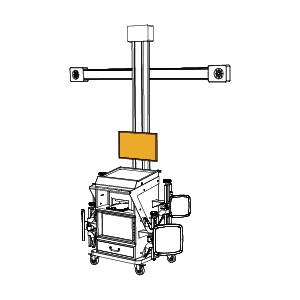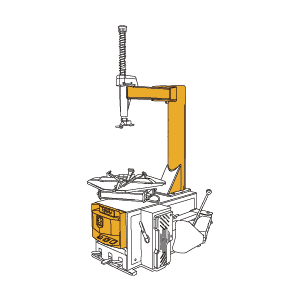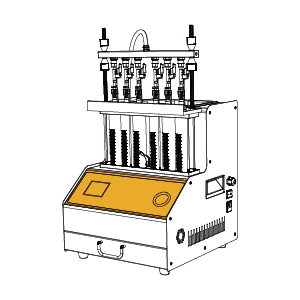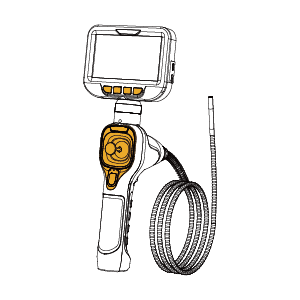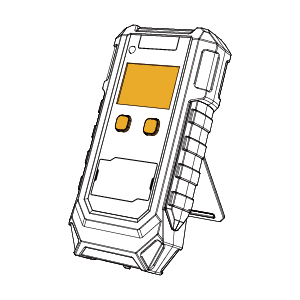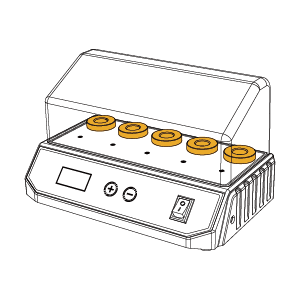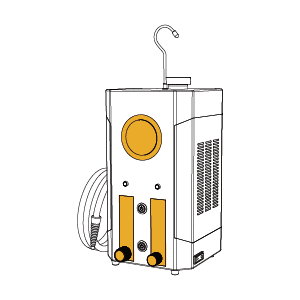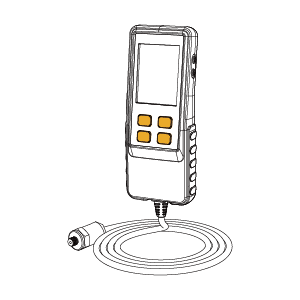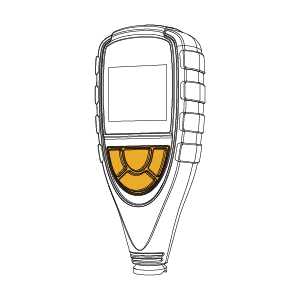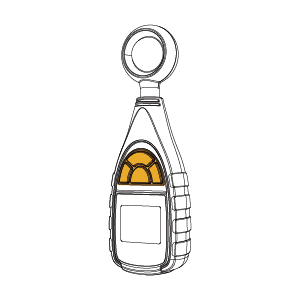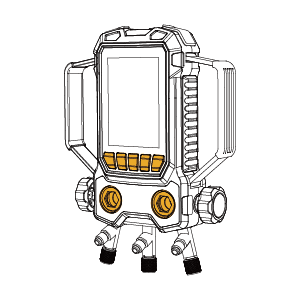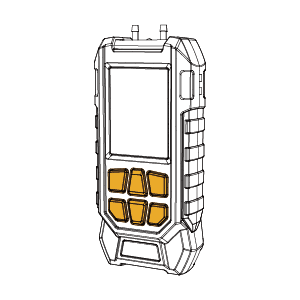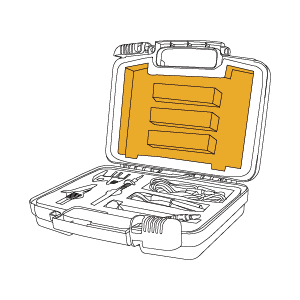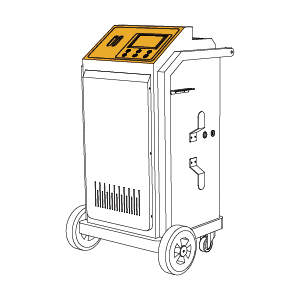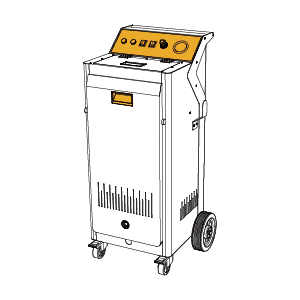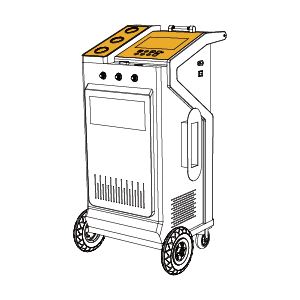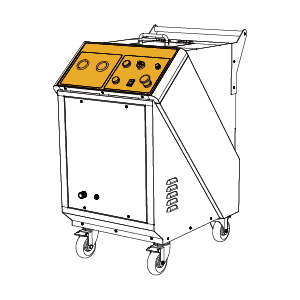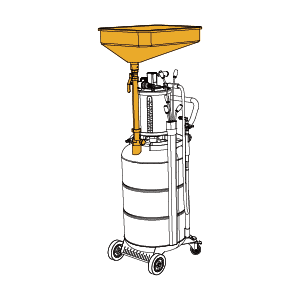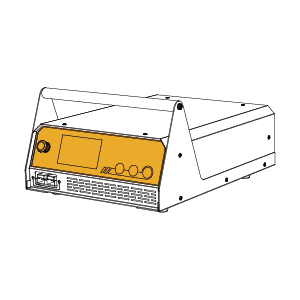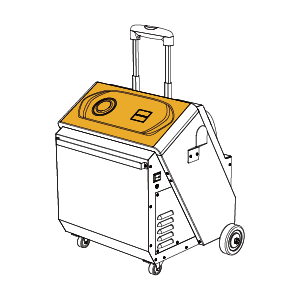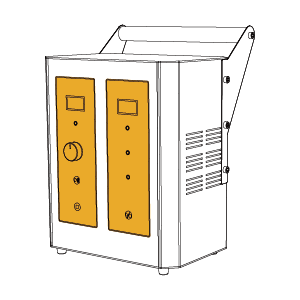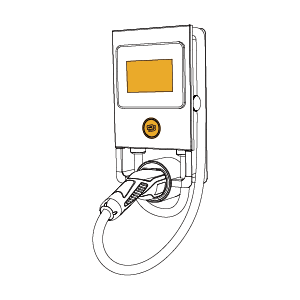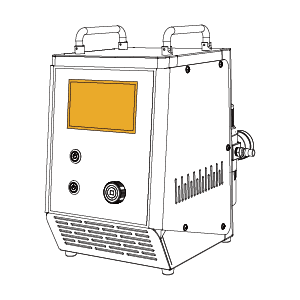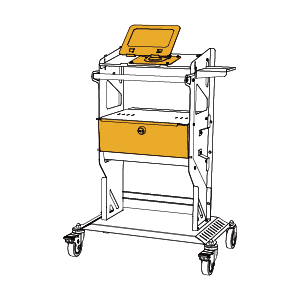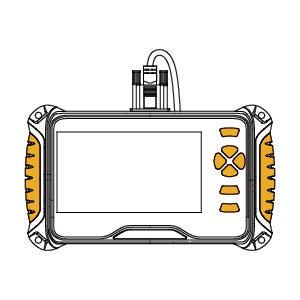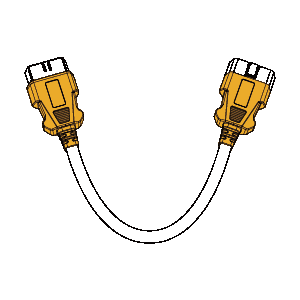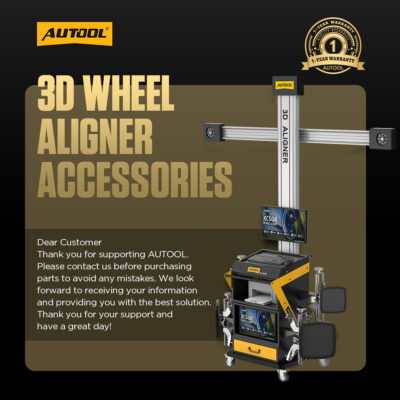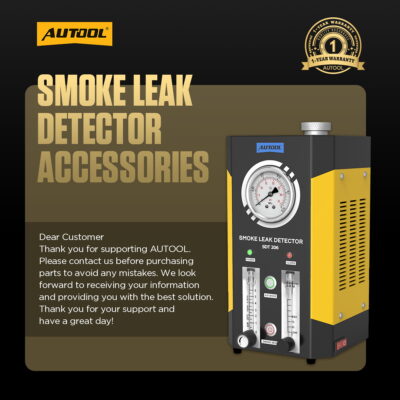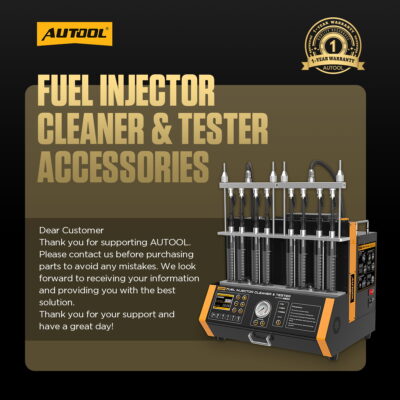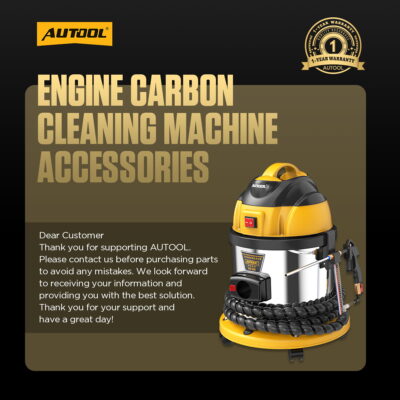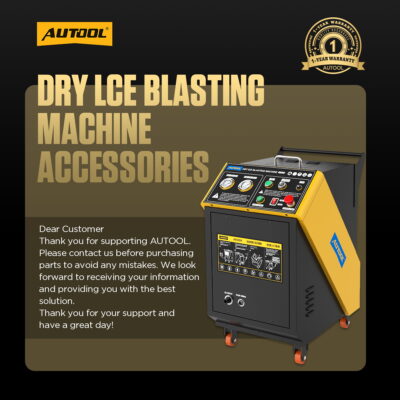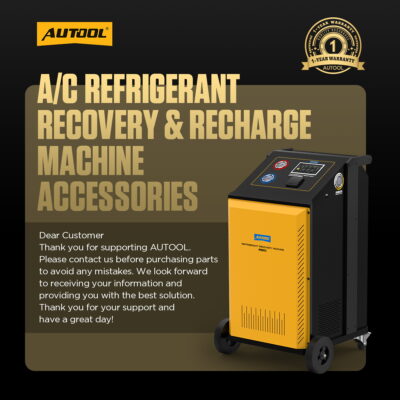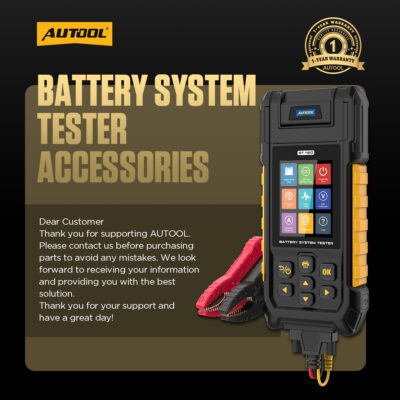Uncategorized
Injector Cleaning Machine Pressure: Less Is More
We all know that fuel injectors play a crucial role in a car’s performance. A naturally aspirated gasoline engine runs at about 2.5–3.5 bar injection pressure, while GDI systems can reach 120–200 bar or more.
However, most fuel injector cleaning machines on the market use much lower pressures — starting at around 8 bar. Why is that?
Many people assume that the closer you get to the engine’s actual operating pressure, the more effective and thorough the cleaning will be. In reality, that’s not the case. Let’s take a closer look at why higher pressure doesn’t necessarily mean better cleaning performance in fuel injector machines.
Fuel Injector Working Principles and Cleaning Requirements
Fuel injectors are often referred to as the “precision igniters” of an engine’s fuel system. They deliver fuel into the combustion chamber or intake at precise times and amounts. Inside are a solenoid valve, needle valve, and tiny spray holes that need careful control of pressure, spray angle, and droplet size.
- Multi-Point Injection (MPI)
Operating pressure typically ranges from 2.5–3.5 bar (about 36–50 psi). Fuel is atomized at the intake manifold, where it mixes with air before entering the cylinder.
- Gasoline Direct Injection (GDI)
Operating pressure can reach 50–200+ bar, while some diesel direct injection systems exceed 2,000 bar. Here, fuel is sprayed directly into the combustion chamber, requiring injectors that can withstand extreme pressure and heat.
The core task of a fuel injector cleaning machine is to make the injector spray cleaning fluid in a way that mimics real-world operation — without the injector being installed in the engine — to flush out deposits such as carbon buildup, varnish, and gummed fuel residue from the spray holes and internal passages.
It’s not necessary to match the engine’s full operating pressure for this purpose, because cleaning works through chemical dissolution and fluid flushing, not brute-force impact.
Most cleaning machines use an electronic control module to simulate the engine’s injection pulse signals, combined with a fuel pump or liquid pump to deliver cleaning fluid to the injector at a set pressure.
Why “Lower Pressure” Actually Makes More Sense
- Protects Precision Components
Inside a fuel injector are rubber seals, fine filters, and needle valve springs. Operating above the design pressure can cause deformation, cracking, or premature wear of these parts.
- Offers a More Cost-Effective Solution
Designing a cleaning machine to handle 200 bar working pressure would require far more robust components and drive costs up significantly, making it less affordable for workshops and consumers.
- Improves Safety
High-pressure cleaning carries risks such as fluid spray-back and hose rupture. Lower-pressure systems are safer to operate and more user-friendly, especially for non-professionals.
- Adequate for Simulating Real Rail Pressure
For MPI injectors, around 3 bar is enough to simulate the engine’s fuel rail pressure and meet the requirements for spray pattern and flow rate testing.
- Reduces Cleaning Fluid Waste
At lower pressures, spray particles are more stable and stay in contact with the nozzle and internal surfaces longer, aiding chemical dissolution. At higher pressures, the atomized fluid tends to evaporate quickly, reducing cleaning efficiency.
Potential Drawbacks of Using Too Low a Pressure Injector Cleaning Machine
While lower pressure has its advantages, going too low can also cause problems:
- Insufficient spray velocity may fail to effectively dislodge deposits stuck to the injector nozzle.
- Severely clogged injectors may require significantly longer cleaning times to achieve results.
- Inability to fully replicate the injector’s atomization pattern and fuel delivery distribution under actual engine conditions, which can affect testing accuracy.
Practical Tips and Operating Guidelines
- Match the Pressure to the Injector Type
For standard fuel injection systems: 2.5–3 bar is recommended.
For GDI: 8 bar is a good compromise — high enough to overcome the injector’s opening pressure (typically 4–6 bar) while avoiding the risks associated with high-pressure spray, making it safer to operate.
- Combine with Ultrasonic Cleaning
For stubborn clogs, use ultrasonic vibration first to loosen carbon deposits, then follow up with spray flushing.
- Control the Cleaning Duration
Usually 10–15 minutes is sufficient. Longer exposure can leave seals soaking for too long, accelerating aging.
- Use Dedicated Cleaning Fluid
Avoid highly corrosive or non-fuel-based solvents to prevent damage to the injector’s metal parts and seals.
Conclusion — Low Pressure Doesn’t Mean Low Efficiency
For most fuel injectors, a low pressure of around 3 bar is enough to achieve effective cleaning while safely simulating engine operating conditions.
Higher pressure doesn’t necessarily deliver better results — in fact, it can even cause component damage and safety hazards.
The real key lies in using the right pressure, following proper cleaning procedures, and pairing with the correct cleaning fluid, rather than blindly chasing bigger numbers.
related blog: Why You Need a Smoke Tester for Vacuum Leaks and Manomete


